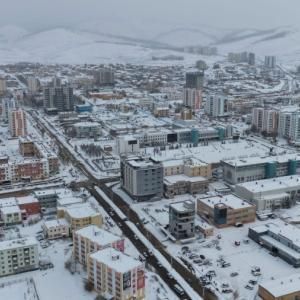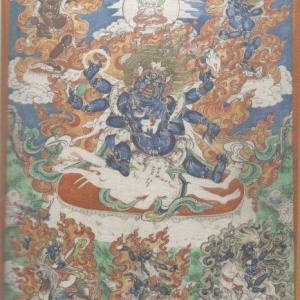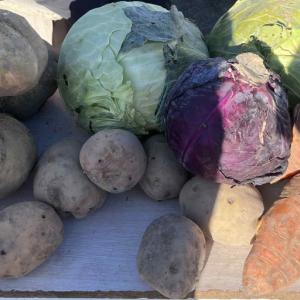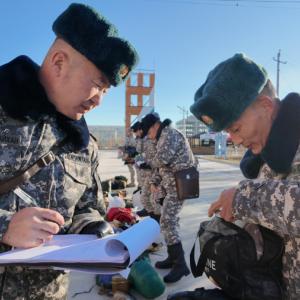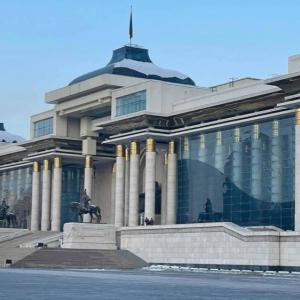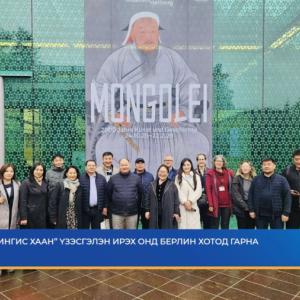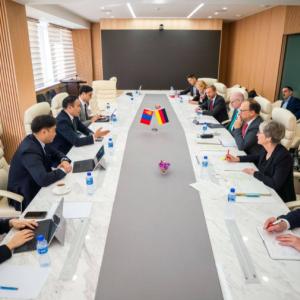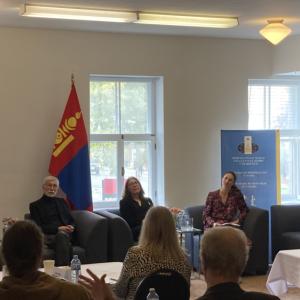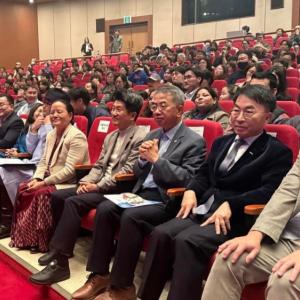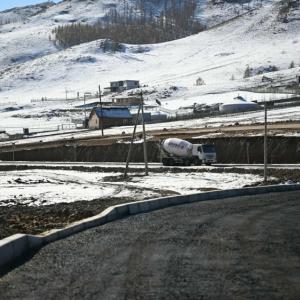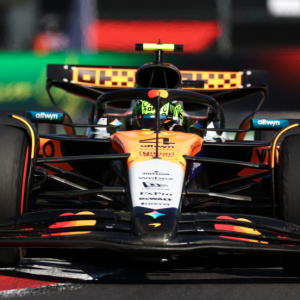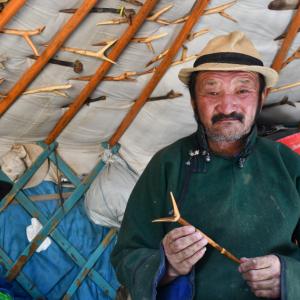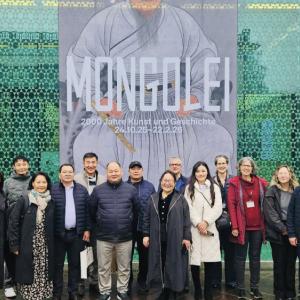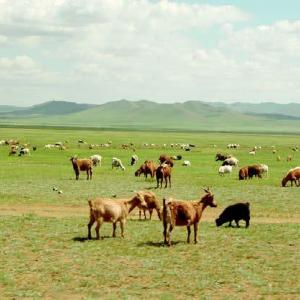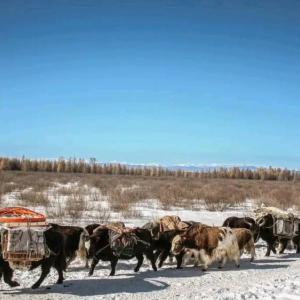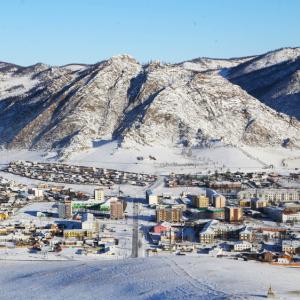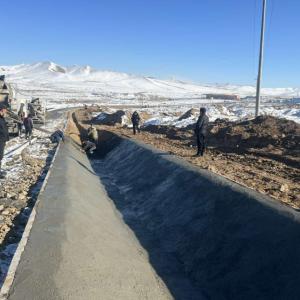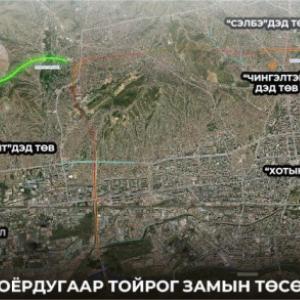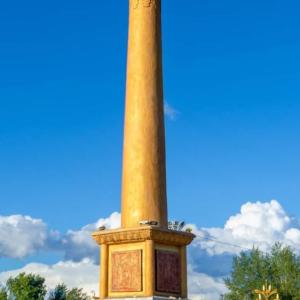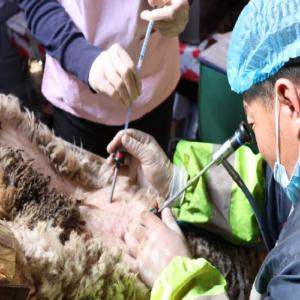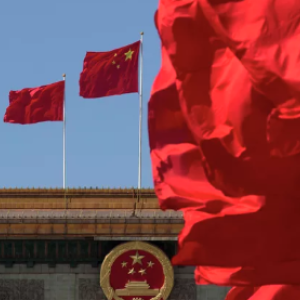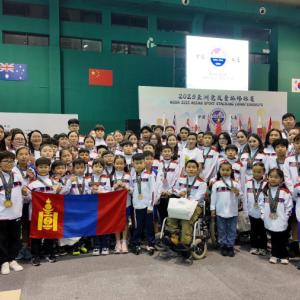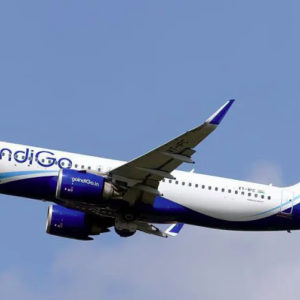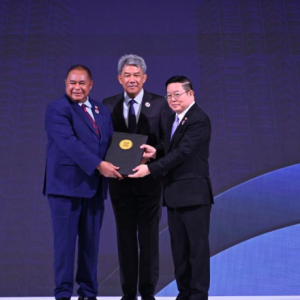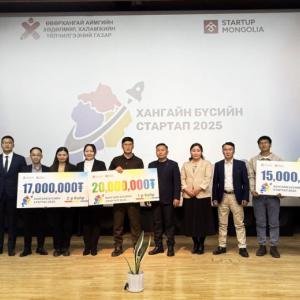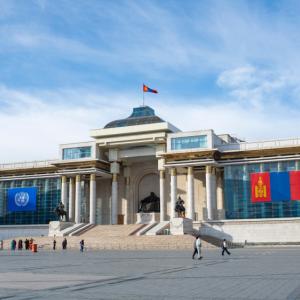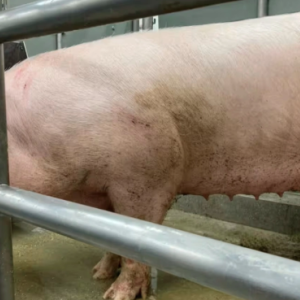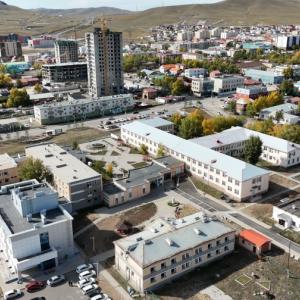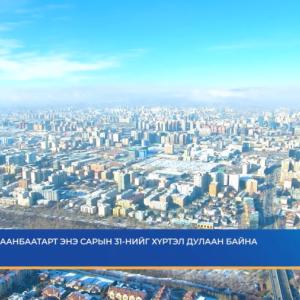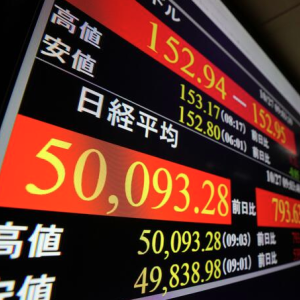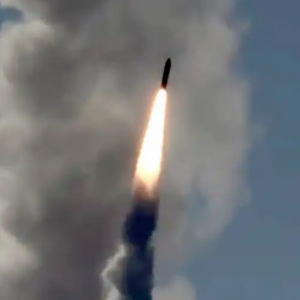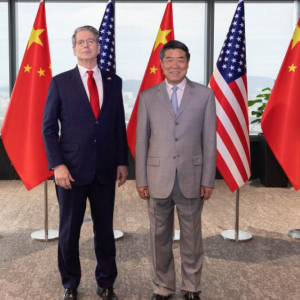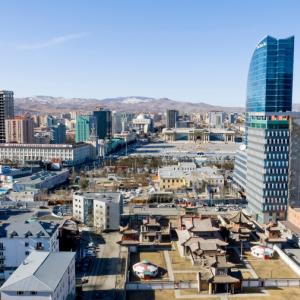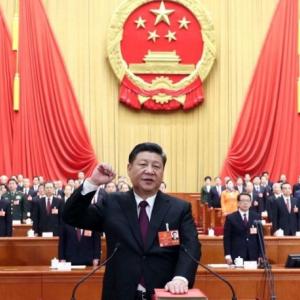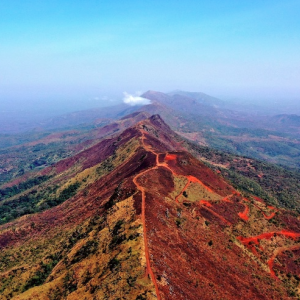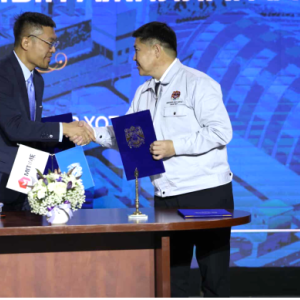"The Great Tea Route" Exhibition Opens
Art & Culture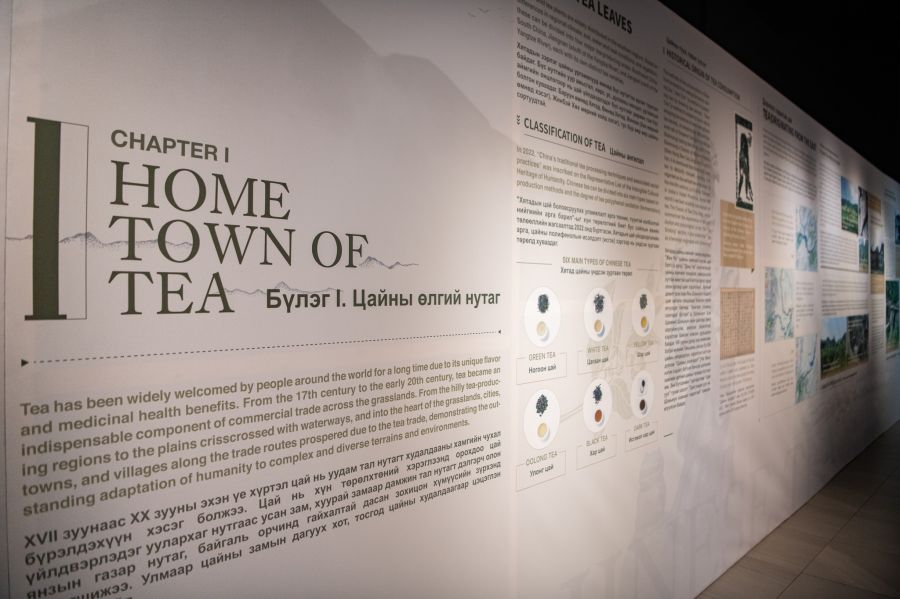
Ulaanbaatar, September 5, 2024 /MONTSAME/. In commemoration of the 75th anniversary of diplomatic relations between Mongolia and the People's Republic of China, "The Great Tea Route" exhibition has opened at the National Museum of Mongolia.
The exhibition showcases the history of the 14,000 km-long "Great Tea Route," which traverses Mongolia, China, and Russia, highlighting the tea culture, historical artifacts, and traditions carried along this ancient trade route. Visitors can explore photographs, explanatory texts, and a documentary film that reflect the tea heritage of Mongolia, China, and Russia, as well as the key cities along the route.
The "Great Tea Route," an ancient trade corridor, played a crucial role in human development. Originating in the Wuyi Mountains of Fujian, China, the route passed through nine provinces, including Jiangxi, Anhui, Hunan, Hubei, Henan, Shanxi, and Inner Mongolia, before crossing Mongolia's vast Gobi steppe to major stops like Ikh Khuree, Maimacheng, Uliastai, Khovd, and Altanbulag, eventually ending in Saint Petersburg, Russia. This route left behind a rich legacy of history and tradition.
Until the early 20th century, tea was a vital trade commodity across the steppe. Towns and villages along the route flourished due to this trade, and by the 18th century, tea had become China's most significant export. It entered global trade, fostering cultural, technological, and economic exchanges across regions. The tea trade involved production, distribution, and export. While Ikh Khuree and Maimacheng in Altanbulag were Mongolia's main trade hubs, Saint Petersburg marked the final destination of the tea route in Russia.

After the Silk Road, the Great Tea Route was one of the most significant trade routes in terms of scope and impact. Oyunkhishig Tsanjid, Head of the Education and PR Division at the National Museum of Mongolia, highlighted the route's importance, stating: “Tea passed through Mongolia to Russia and Europe. Traditional Chinese teas—white, green, yellow, black, and fermented—were enriched and consumed in various ways. Mongolia was a key stop along the route, and the exhibition details how Mongols transported tea to Russia. Mongolia has its own unique tea culture, with richer, more nourishing teas suited to the local climate. Tea was boiled with milk, yellow butter, dried meat, dumplings, and other ingredients, making it a staple in daily life. In the 17th and 18th centuries, compressed tea bricks even served as currency in Mongolia.”

The Great Tea Route has left a rich cultural legacy and stands as a symbol of peace and friendship between Mongolia, China, and Russia. The exhibition organizers stressed the importance of preserving and passing on this cultural heritage, as it strengthens the spiritual and emotional bonds between the peoples of the three countries.
Co-organized by the Hubei Provincial Museum of China and the National Museum of Mongolia, the exhibition will run until October 3, 2024.
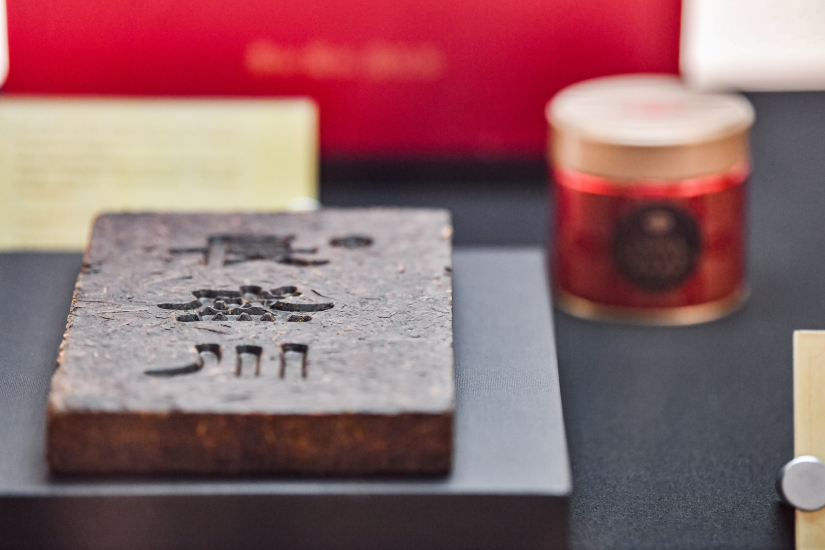
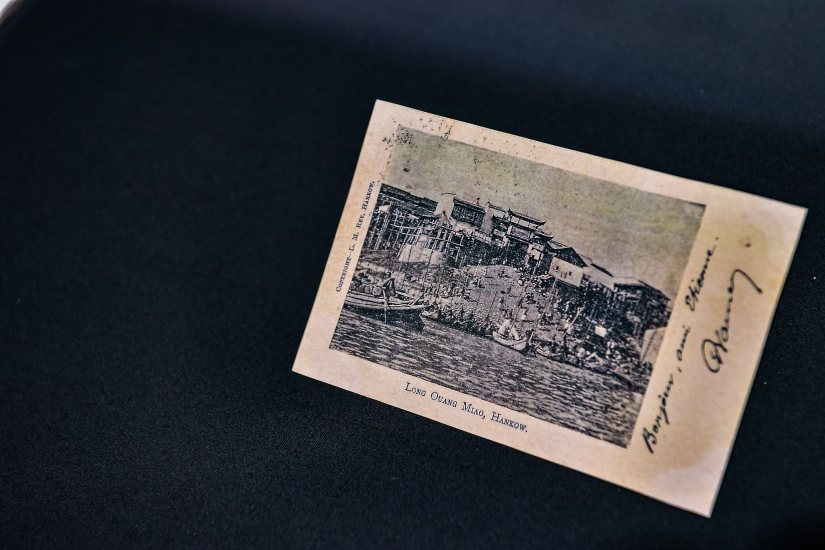
 Улаанбаатар
Улаанбаатар






